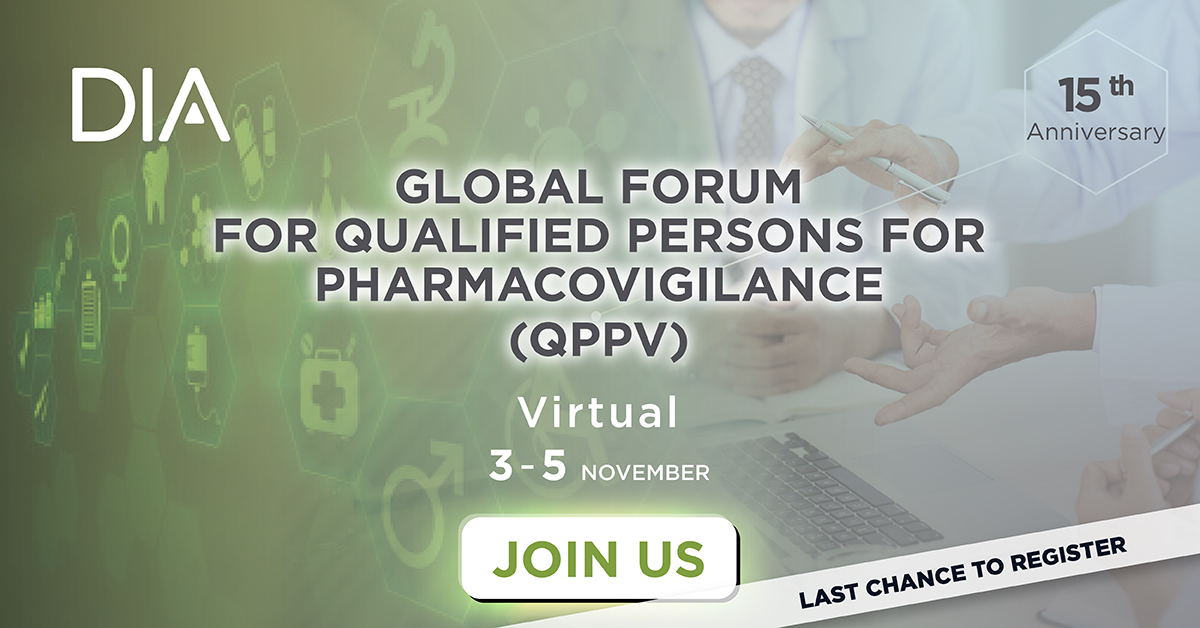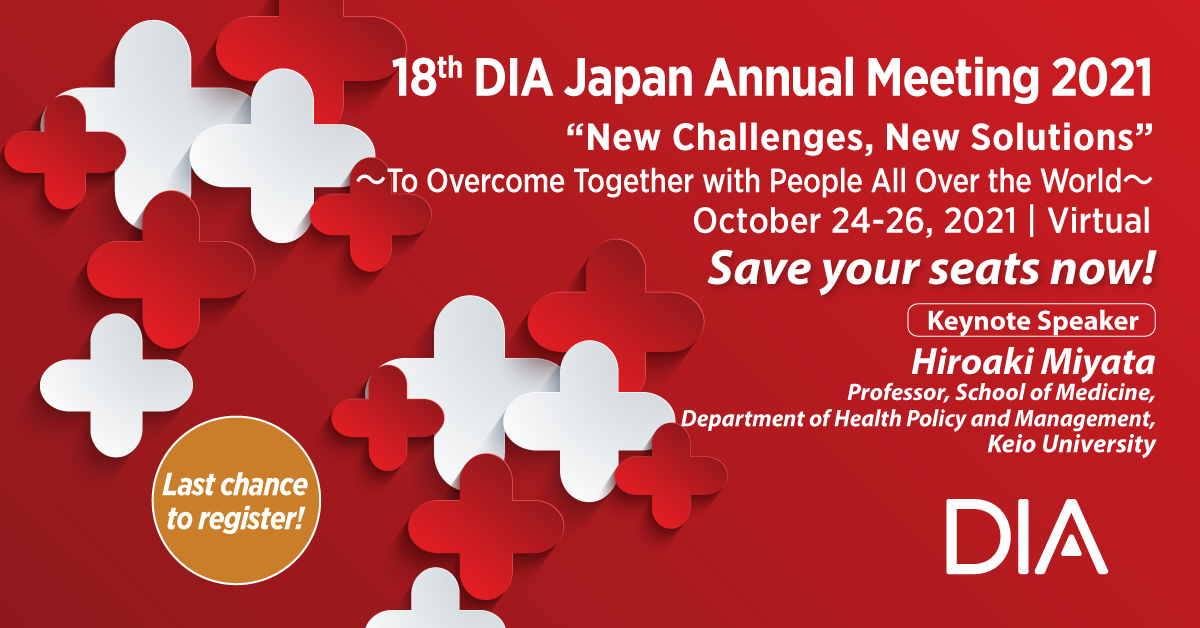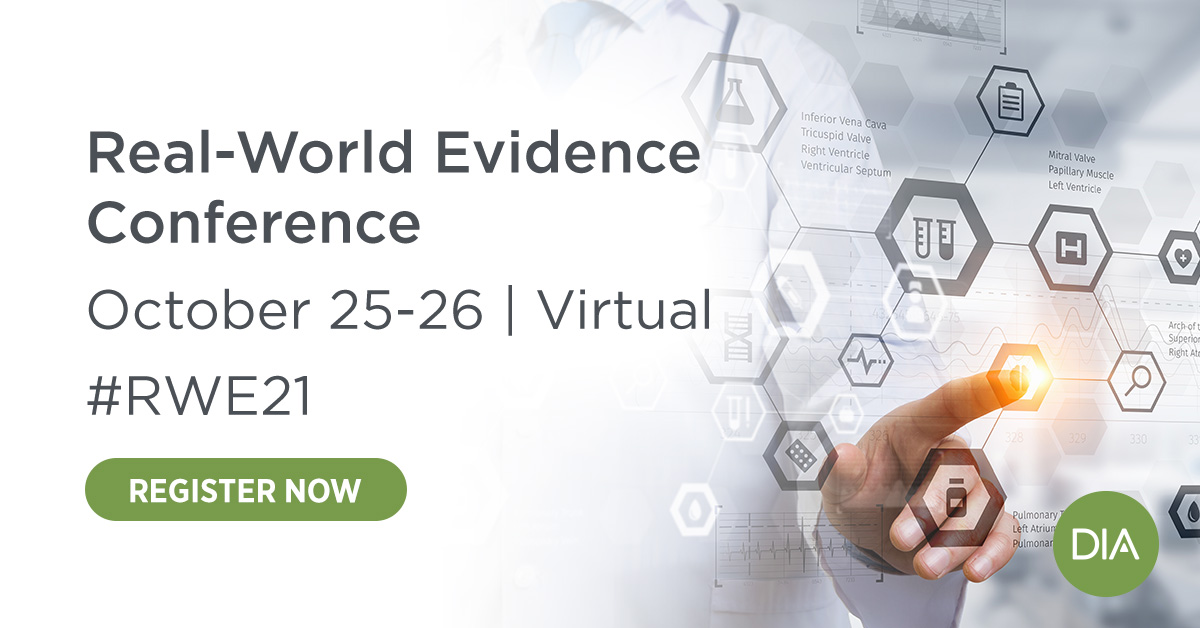Table of Contents
EXECUTIVE LEADERSHIP
Subscribe
Love Global Forum’s new online format? Subscribe today and never miss an issue.
Editorial Board
Content stream editors
Gary Kelloff US National Institutes of Health
David Parkinson ESSA Pharma, Inc.
regulatory science
Isaac Rodriguez-Chavez ICON plc
Patient engagement
Trishna Bharadia Patient Advocate and Media Contributor
Mary Stober Murray National Minority Quality Forum
Editorial Staff
Sandra Blumenrath, Managing Editor, Scientific Publications DIA Scientific Communications
Chris M. Slawecki, Senior Digital Copyeditor DIA Scientific Communications
Regional Editors
David Mukanga Bill and Melinda Gates Foundation
ASEAN
Jin Shun Sandoz
AUSTRALIA/NEW ZEALAND
Richard Day University of New South Wales, Medicine, St. Vincent’s Hospital
CANADA
Judith Glennie JL Glennie Consulting, Inc.
CHINA
Ling Su Shenyang Pharmaceutical University, Lilly Asia Ventures
Europe
Thomas Kühler Sanofi R&D
INDIA
J. Vijay Venkatraman Oviya MedSafe
JAPAN
Ozawa Goshi Real World Data Co. Ltd.
LATIN AMERICA
Cammilla Gomes Roche
USA
Ebony Dashiell-Aje BioMarin
Young Professionals Editors
Saloni Patel Acorda Therapeutics
DIA Membership
Bringing together stakeholders for the betterment of global health care.
Johns Hopkins Kimmel Comprehensive Cancer Center
uring his long tenure as the head of urology at what is now the Memorial Sloan-Kettering Cancer Center, Willet F. Whitmore presciently asked whether a cure for prostate cancer was necessary for those for whom it was possible, and whether a cure was possible in those for whom it was necessary. Decades later, ongoing improvements in prostate cancer screening, detection, diagnosis, and treatment appear finally on the cusp of delivering precision medicine answers to the Whitmore query, more and more often steering the right men to the right treatment at the right time.
The introduction of serum prostate-specific antigen (PSA) testing in the 1980s revolutionized the care of prostate diseases, including prostate cancer. Still the most widely used tumor biomarker, PSA was rapidly adopted for prostate cancer screening and risk stratification, for assessing response to treatment, and for monitoring disease recurrence and progression. Now, a growing portfolio of new molecular biomarkers and imaging technologies have begun to impact the routine care of men with prostate cancer. From prostate cancer screening and early detection to treatment of life-threatening disease, these new tools increasingly stratify men into subsets that drive clinical decision-making, underpinning precision medicine approaches to prostate cancer care.
AstraZeneca Limited
Merck Sharpe & Dohme (UK) Limited
Boehringer Ingelheim GmbH
Bristol Myers Squibb International Corporation, Belgium
AstraZeneca Limited
Merck Sharpe & Dohme (UK) Limited
Boehringer Ingelheim GmbH
Bristol Myers Squibb International Corporation, Belgium
Merck Sharpe & Dohme (UK) Limited
Bristol Myers Squibb SA, Switzerland
Roche Products Ltd, UK
he requirement for a Pharmacovigilance System Master File (PSMF) was introduced in the European Union (EU) legislation in 2010. The PSMF provides the description of the European Marketing Authorisation Holder’s pharmacovigilance (PV) system, and according to the legislation, supports their compliance with the legislative requirements, e.g., by fulfilment of QPPV supervision and verification by national regulatory agencies (NRA). The Implementing Regulation, and in 2012 the EU Good Pharmacovigilance Practices (GVP) Module II guidance, provides a framework allowing a flexible accommodation of the different organizational structures of marketing authorization holders (MAHs). Since 2012, the concept of the PSMF has evolved in countries/territories outside of the EU, creating challenges for industry related to maintenance and production.
National Minority Quality Forum
George Washington University School of Public Health
urveys are an important tool for gathering diverse patient insights and engaging patients in healthcare decisions. With the ubiquitous use of the internet, there are greater opportunities for patients to engage with researchers, but also greater vulnerability for scammers to interfere with response collection and results. This article describes the importance of protecting survey instruments as a tool for patient engagement along with best practices for reducing vulnerability to fraudulent online activity.
Moonshot-Funded Decentralized Clinical Research Aims to Better Capture Effects of Cancer Therapy
Medable
Medable
he National Cancer Institute’s (NCI) Cancer Moonshot program was launched five years ago with the goal of generating new cancer research via an additional $1.8 billion investment into the 21st Century Cures Act. The main goals of the program are “to accelerate scientific discovery in cancer, foster greater collaboration, and improve the sharing of data.” To date, 240 research projects across more than 70 initiatives have been supported by Moonshot funding, with more to come in the next seven years. One such project is Digital Biomarkers for Clinical Impact (DigiBioMarC). This study aims to understand and improve the quality of life for patients receiving cancer therapy, which is critical, because many patients undergoing treatment for serious conditions like cancer often struggle to tolerate their aggressive treatments.
Part 2: Demystifying the 505(b)(2) Route for Drug Approval
Foley & Lardner LLP
Halloran Consulting Group
n Part 1 of this two-part series on “Emergency Use Authorization to Full Approval—Charting a Course in Unexplored Territory,” we outlined the pathway to bring a novel therapeutic from Emergency Use Authorization (EUA) to Full Approval. In Part 2, we demystify the 505(b)(2) route for drug approvals and provide key considerations if your organization is considering this pathway to develop a therapeutic to respond to the current public health crisis.
Around the Globe
Africa Medicines Agency (AMA) Treaty Update
s part of the African Union guidance on emergency regulatory authorization of COVID vaccines, the Africa Vaccine Regulatory Forum (AVAREF) convened several workshops in 2021 with Africa member states (see below). These workshops were intended to enable regulators to rely on the World Health Organization (WHO) Emergency Use Listing (EUL) without having to undertake their own reviews, and in turn accelerate national emergency use authorization and access to these vaccines.
Around the Globe
ealth technology assessment (HTA) is the evaluation of the clinical, economic, and humanistic value of a new product compared to existing approaches to care. In Canada, as in many other jurisdictions (such as the UK, Australia, France, and Germany), health technology reviews are used to support decisions by provincial payers about drug funding and appropriate use.

Suzanne McGurn
Canadian Agency for Drugs and Technologies in Health (CADTH)
![]() Podcasts
Podcasts
E. Stewart Geary
Around the Globe
Pharmaceuticals and Medical Devices Agency (PMDA) Chief Executive Perspective
PMDA Chief Executive
eal-world data (RWD) and real-world evidence (RWE) have been actively discussed worldwide in terms of utilization for regulatory decision-making on the benefit-risk assessment of drugs. In Japan, the Ministry of Health, Labour and Welfare (MHLW) and the Pharmaceuticals and Medical Devices Agency (PMDA) have worked to promote the utilization of RWD and RWE throughout a medical product’s lifecycle, from pre-approval through development to the post-marketing phase.

![]() Podcasts
Podcasts









